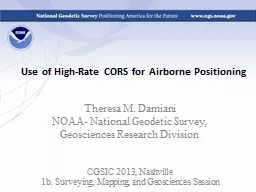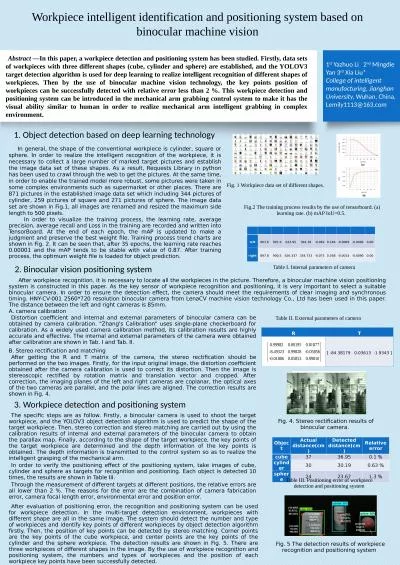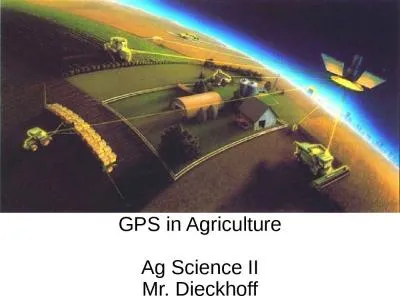PPT-Global Positioning System: An Introduction
Author : myesha-ticknor | Published Date : 2017-10-06
David Treharne n8hku Ford amateur radio league November 10 2016 Agenda What is GPS How does it work How it is incorporated into the Yaesu FTM400 radio Observations
Presentation Embed Code
Download Presentation
Download Presentation The PPT/PDF document "Global Positioning System: An Introducti..." is the property of its rightful owner. Permission is granted to download and print the materials on this website for personal, non-commercial use only, and to display it on your personal computer provided you do not modify the materials and that you retain all copyright notices contained in the materials. By downloading content from our website, you accept the terms of this agreement.
Global Positioning System: An Introduction: Transcript
Download Rules Of Document
"Global Positioning System: An Introduction"The content belongs to its owner. You may download and print it for personal use, without modification, and keep all copyright notices. By downloading, you agree to these terms.
Related Documents














